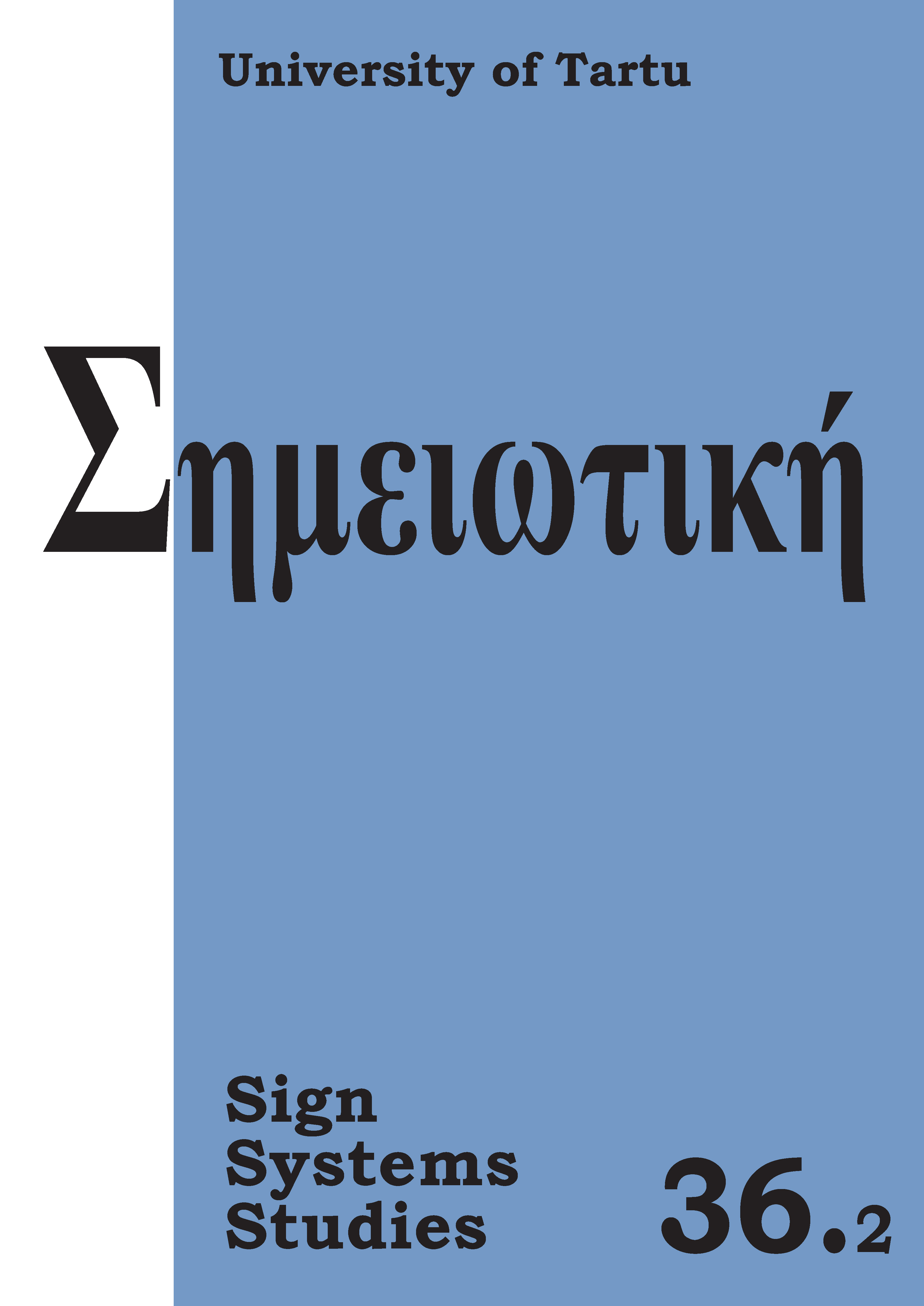Jakobson and Peirce: Translational intersemiosis and symbiosis in opera
DOI:
https://doi.org/10.12697/SSS.2008.36.2.05Abstract
Metalinguistic operations signify understanding and translation, specified in Jakobson’s varieties of six language functions and his three types of translation. Both models were first presented in the 1950s. This article is rooted in Jakobson’s models in connection with Peirce’s three categories. Bühler’s three functions with qualitative difference anticipated, perhaps not accidentally, Jakobson’s distinctions indicating qualitative difference within literary forms and structures as well as other fine arts. The semiotic discovery, criticism and perspective of elements and code-units settle the numerical differences as well as the differences in realistic messages and conceptual codes. Jakobson’s intersemiotic translation is updated in vocal translation, which deals with the virtual reality of opera on stage, reaching a catharsis of the operatic mystique. The word-tone synthesis of opera (or semiosic symbiosis) will demonstrate the typological unification of verbal and nonverbal languages.


